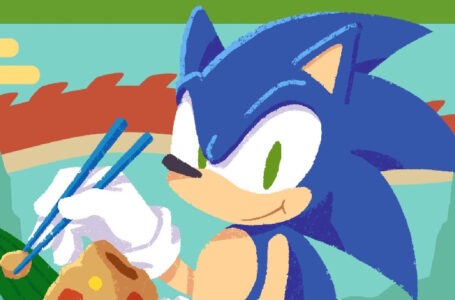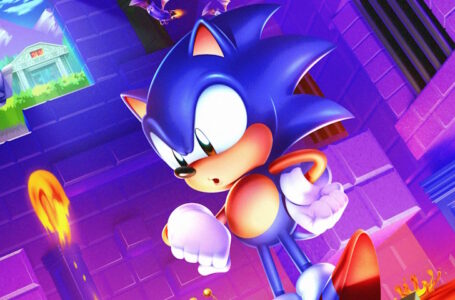Celebrate Sonic’s 30th with 5 underappreciated games from the series
Today is the 30th anniversary of Sonic the Hedgehog making his first appearance on our home consoles. The original Sonic the Hedgehog for Mega Drive first releases on June 23, 1991 in North America, then three days later in Japan, then the following month in PAL territories.
Rather than doing a retrospective on all the Sonic games you already know about, however, howsabout we take a look at some of the Sonic games that don’t get nearly enough love? A couple of years back, I made a point of playing through all the mainline Sonic games I could easily get my hands on and I discovered that quite a few of them, despite a middling to negative critical reception, actually had a lot of redeeming features about them.
So here’s five highlights from the oft-overlooked side of the blue blur’s career.
Sonic the Hedgehog (Master System)
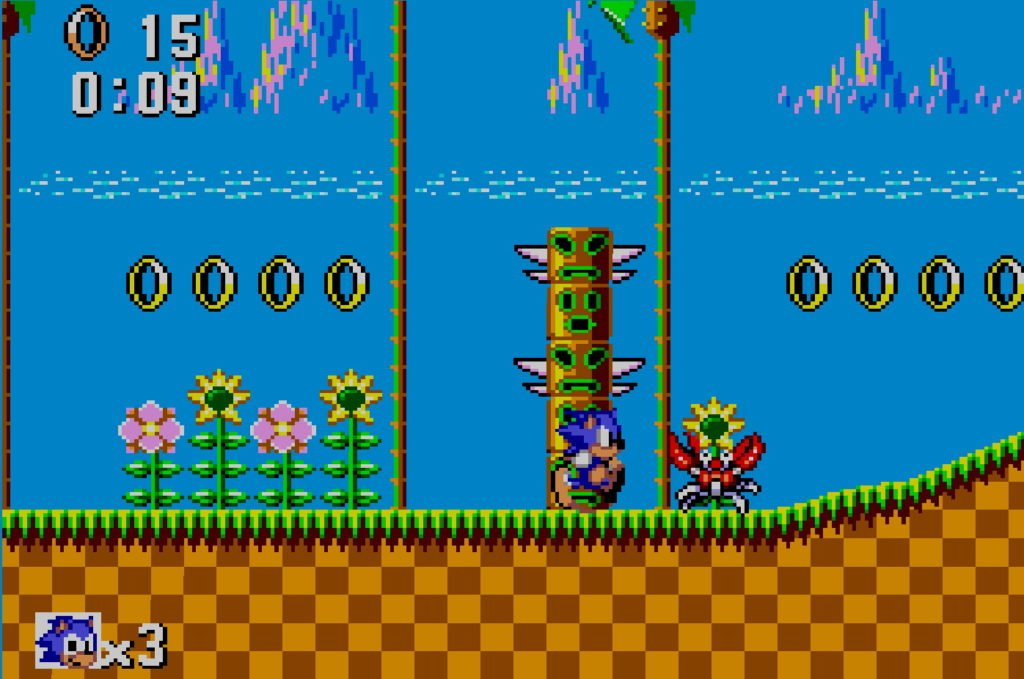
Sonic’s first outing on Mega Drive is one of his most well-known adventures — but don’t pass up an opportunity to play the Master System version. Not only is it a distinct and enjoyable experience from its 16-bit big brother, it was developed by none other than legendary video game composer Yuzo Koshiro and his small company Ancient.
Koshiro came to the project after working on the music for the Mega Drive version of The Revenge of Shinobi, and happened to comment to a manager that despite not having much in the way of practical experience, he was keen to work on a game. This somehow caused him to end up entrusted with the 8-bit version of Sega’s great hope for a mascot to rival Mario — and the result was a really solid game.
Master System Sonic places a strong emphasis on exploration by hiding the ever-present Chaos Emeralds around the levels rather than in Special Stages; the latter are now simply for earning points and continues. As a whole, the gameplay of this version is a solid reminder that early Sonic games weren’t just about going fast — they were about finding creative and interesting routes around complex levels, too.
Plus the Master System version runs way better than the excruciatingly slow PAL version of the Mega Drive Sonic.
Tails Adventure (Game Gear)
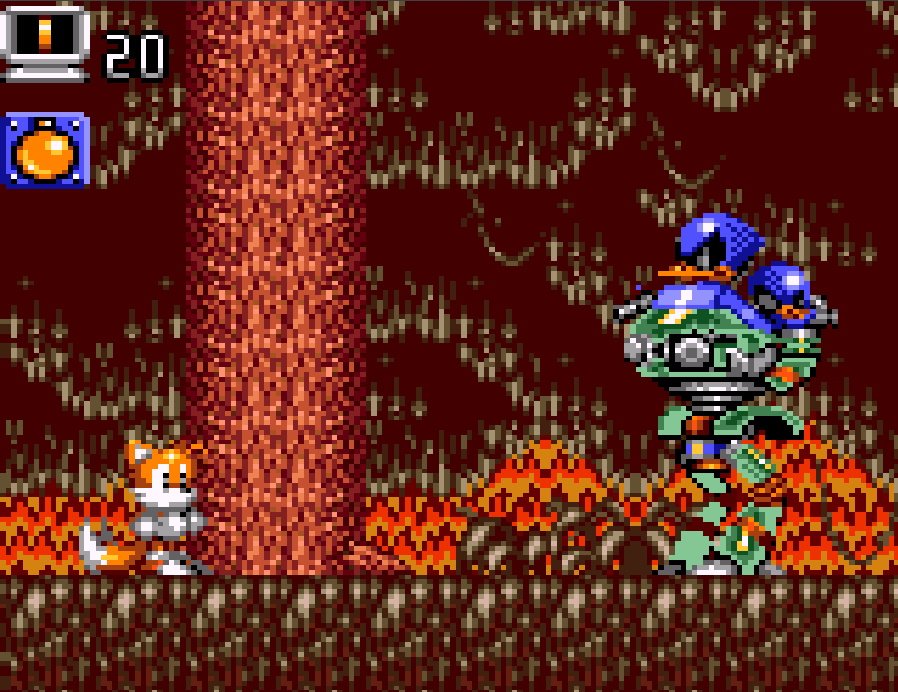
One of the best — and most frequently overlooked — games on Sega’s Game Gear handheld, Tails Adventure is a markedly different sort of game to what you might typically expect from a Sonic game. Placing Tails in the lead instead of the blue blur, the game is more of an action RPG than a typical platform game, featuring upgradeable abilities, collectible items and Metroid-style backtracking to previous areas with new items to reach previously inaccessible areas.
In total, Tails gets access to 25 different items over the course of his adventure, but only four can be taken into a stage at once. As such, you’ll need to make sure you pick the best items for the job — or come back later with a different arsenal to open up some new routes. The result is a very varied, interesting game that, despite running on the relatively limited hardware of the Game Gear, feels very much like a full-scale adventure in which no real compromises have had to be made.
Since working Game Gears can be hard to come by these days, you’ll be pleased to know that this game can be found in the Sonic Gems Collection for PlayStation 2 and Gamecube, or as an unlockable extra in Sonic Adventure DX: Director’s Cut, the latter of which is available on Steam.
Sonic Labyrinth (Game Gear)
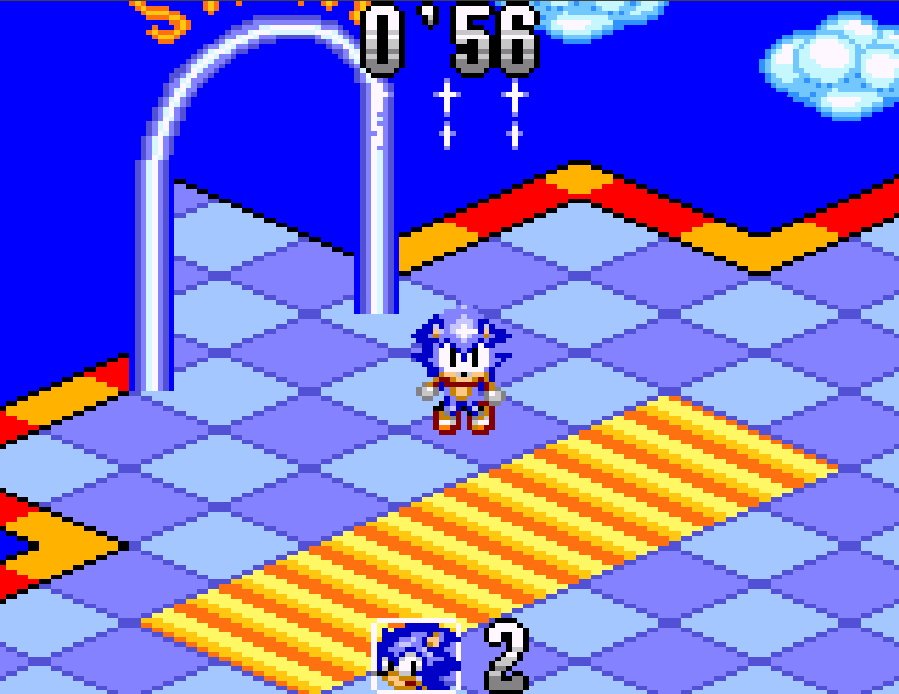
Taking some obvious inspiration from the arcade-only title SegaSonic the Hedgehog, Sonic Labyrinth for Game Gear sees Sonic cursed with a set of “Slow-Down Boots”, with the only means for him to recover his iconic speed being, of course, the collection of all the Chaos Emeralds.
Sonic Labyrinth is an isometric perspective exploration puzzle game in which Sonic can only move slowly when walking, but he can also be catapulted around the stage using his Spin Dash move. By making solid use of Sonic’s remaining abilities other than his speed, you’ll need to track down keys, defeat enemies and deal with an increasingly interesting range of hazards.
Sonic Labyrinth’s strength is in its level designs. As you progress through the game, they get more and more interesting, with undulating passageways, moving platforms, teleporters, multiple explorable areas and cannons to fire yourself around. While the controls take a bit of getting used to, this is a highly entertaining Sonic game that is well worth your time — and once again you can play it as an unlockable extra in Sonic Adventure DX: Director’s Cut, or in the Sonic Mega Collection Plus for PS2 and Xbox.
Sonic Unleashed (Wii/PS2)
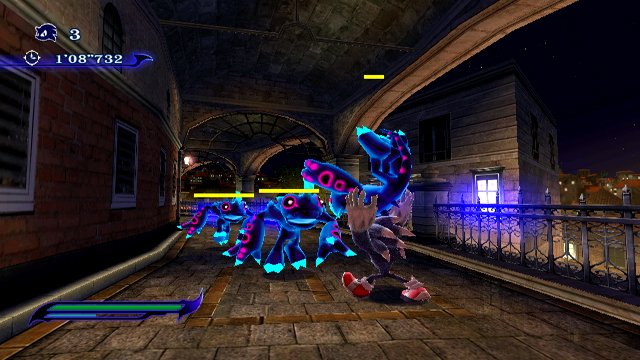
A game that has come in for a fair amount of flak over the years, the two versions of Sonic Unleashed are actually well worth playing — and it’s worth noting that the Xbox 360 and PS3 versions are substantially different to the Wii and PS2 versions. Opinions vary as to which is “better”, but I personally prefer the Wii version.
Sonic Unleashed introduces the idea of modern “Boost Sonic”, in which 3D stages are more akin to a racing game than a platformer. You can drift around corners, you can take alternative routes — but the emphasis is on speed. In essence, the game has taken the series’ traditional blend of speedy, efficient play and precise platforming and separated those two elements out into two distinct game components. Or more accurately, three — because as well as Sonic having his own side-scrolling 2D stages, a significant chunk of the game consists of “Werehog” stages.
While they were the subject of much ridicule upon Sonic Unleashed’s original release, the Werehog stages are actually very well integrated into the narrative, and provide us with an opportunity to see a much more humble side of Sonic than usual. They also provide some excellent exploratory gameplay, satisfying combat — and some amazing music to enjoy. Much like Tails Adventure, don’t let the fact that it’s a bit different to “normal” Sonic gameplay put you off.
Sonic Lost World (Wii U)
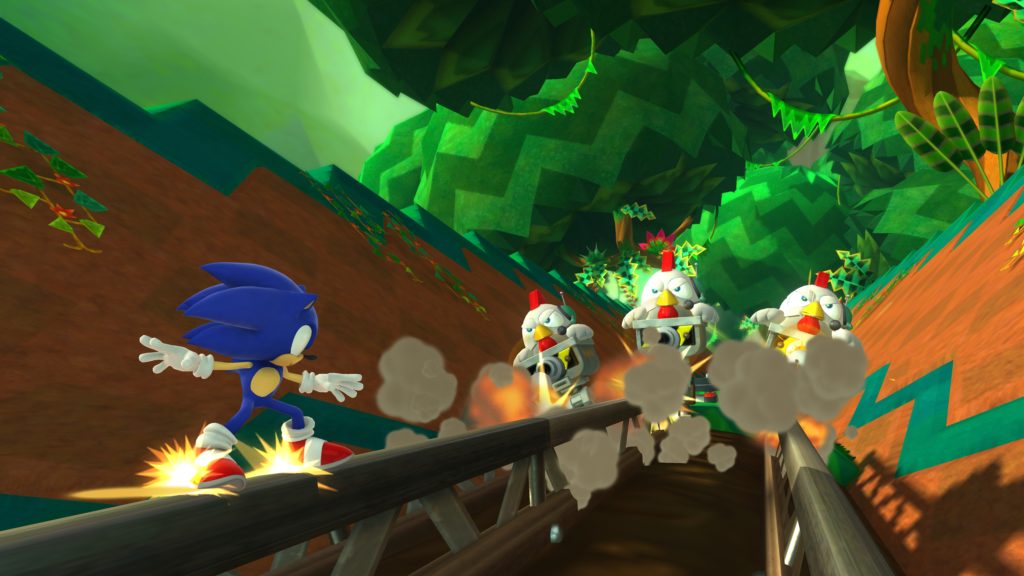
Written off by some as an attempt to ride the coat-tails of Super Mario Galaxy’s success, Sonic Lost World was developed as a game that Sega hoped would attract platformer fans who enjoyed Nintendo titles back to the blue blur’s adventures. The game makes no secret of its inspirations — but it also does things distinctly enough from Super Mario Galaxy to make it a worthwhile experience in its own right, despite superficial similarities.
Sonic Lost World was developed as a deliberate attempt to take a bit of the emphasis off the speed we’d seen in the three “Boost Sonic” games by that point — Sonic Unleashed, Sonic Colours and Sonic Generations — and instead place a greater focus on platforming action. 3D stages are designed like giant playgrounds to explore with lots of secrets and alternative routes to discover, while 2D stages often wrap around and defy gravity in weird and wonderful ways, making for some truly memorable rollercoaster rides as you progress.
Sonic Lost World also features one of the most witty, well-delivered scripts in the series to date — and possibly the most memorable use of the word “cattywampus” in all of gaming. Couple that with a fantastic soundtrack and some highly varied level design and you have an immensely enjoyable game that doesn’t get nearly enough love.
Join The Discussion
Rice Digital Discord
Rice Digital Twitter
Rice Digital Facebook
Or write us a letter for the Rice Digital Friday Letters Page by clicking here!
Disclosure: Some links in this article may be affiliate links, which means we may earn a small commission if you make a purchase after clicking on them. This is at no additional cost to you and helps support Rice Digital!
- Letter from the Editor: passing the torch - June 30, 2023
- Super Woden GP 2 is looking promising - June 30, 2023
- Inti Creates is making a 32 bit-style Love Live action platformer - June 26, 2023





